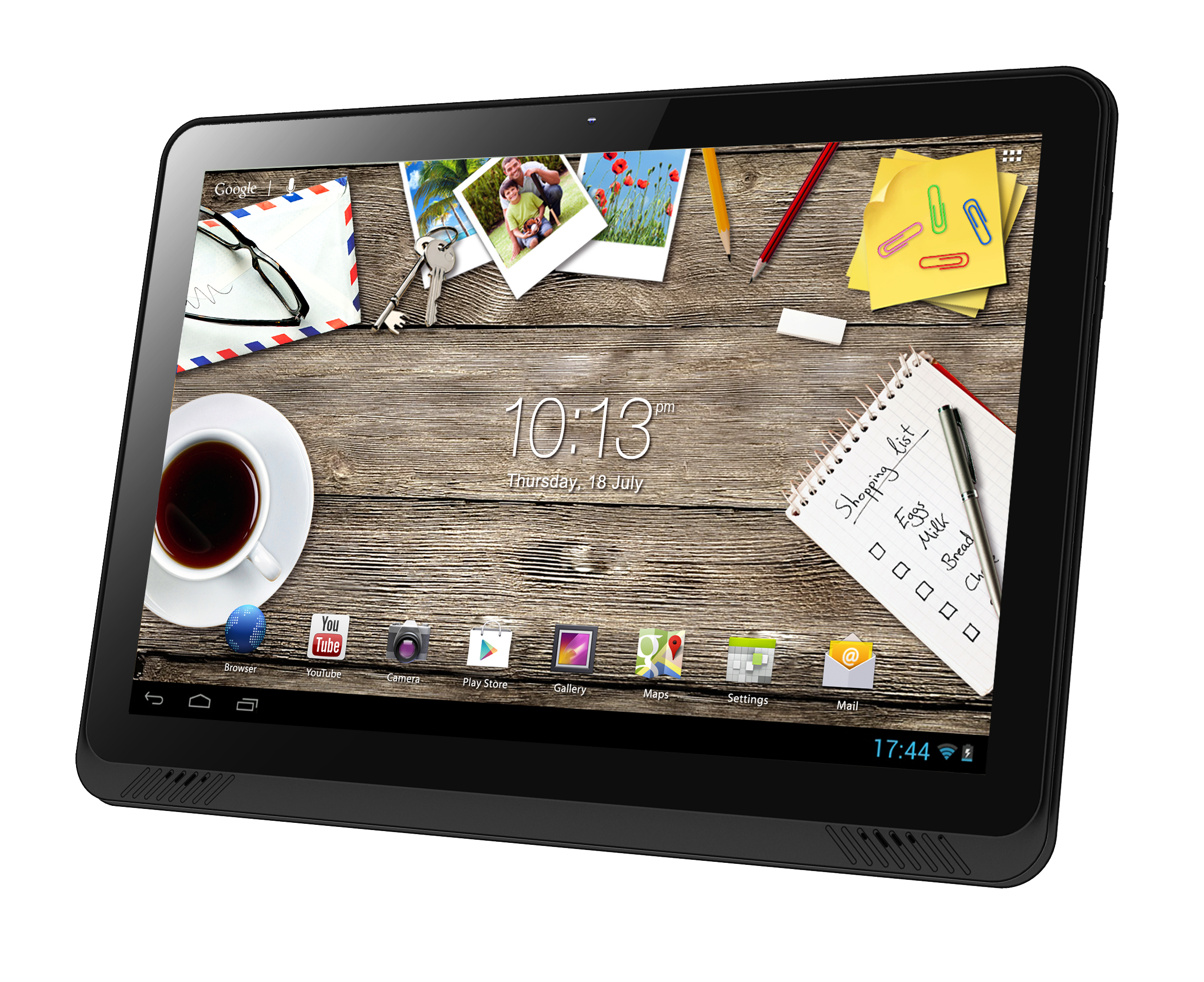
Hannspree launches a 13-inch tablet on a 7-inch budget
It's the iPad and the Nexus 7 that make the most headlines in the tablet market, but the fiercest competition for consumer cash in the run up to this year's Christmas holiday season will be taking place lower down the food chain.
Taiwan-based audio-visual specialist Hannspree is the latest to enter the fray with its new HANNSpad SN14T71. Offering a 13.3-inch screen it launched today in the UK with a price tag of just £199.99 ($318). The screen itself is a 10 point Multi Touch unit with a resolution of 1280 by 800. Whilst that’s pricier than other budget tablets like Tesco’s £119 Hudl, it’s squarely up against some premium smaller devices like the 16GB Nexus 7 and you are getting a lot more screen real estate for your money, albeit with a lower resolution.

The most popular stories on BetaNews this past week -- November 3-8
Another busy week with more news than you could shake a stick at. Following the release of KitKat, Google was riding high as figures revealed that Jelly Bean is now installed on more than half of Android devices. It’s a similar story for Microsoft. Its previous operating system, Windows 7, is still the most popular while growth for Windows 8 and 8.1 remains slow. It was better news for Windows Phone which is making serious inroads into Android and iOS's share of the mobile market in Europe, and even managed to overtake Apple in Italy.
It seems that more people want to be able to use the latest and greatest version of Android, and following the announcement that the Galaxy Nexus would not receive a KitKat update, a petition was quickly launched to try to change Google's mind. Showing that the march of progress will always leave casualties, Google announced that Internet Explorer 9 will no longer be supported by Google Apps, and Windows 7 users gained Internet Explorer 11. To push the launch, Microsoft unveiled a new Anime ad campaign focusing on the browser's improved security.
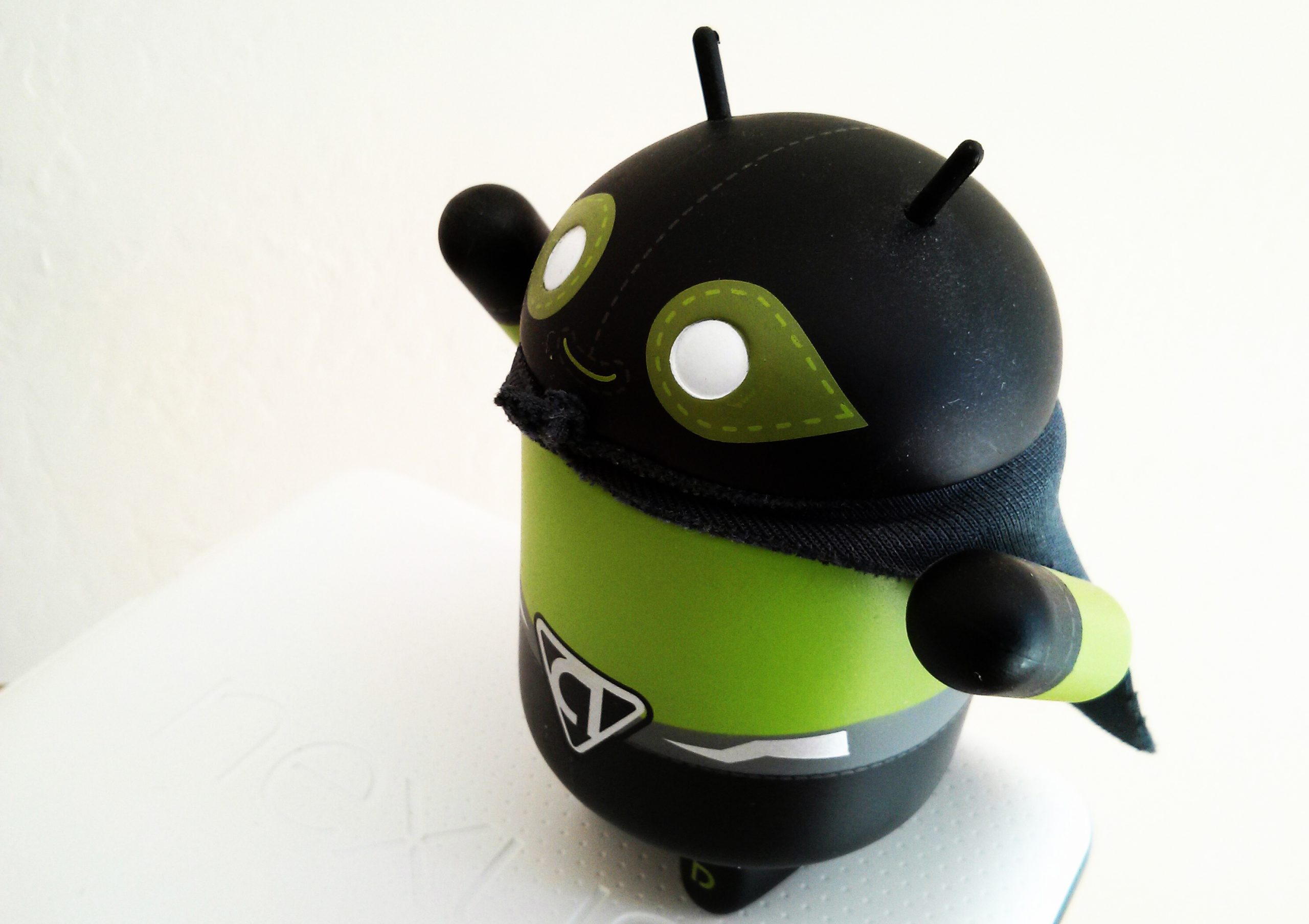
Jelly Bean surges past 50 percent Android market share
Android has long been blamed for its fragmentation issues, with many pundits pointing out to the low adoption levels of the latest distributions as the main culprit. While this problem has yet to be resolved due to the nature of the operating system, it is much improved today as the Jelly Bean branch is now powering most Android smartphones and tablets.
Based on the number of devices accessing Google Play in the seven days ending November 1, Jelly Bean's market share in the Android realm is now at a dominating 52.1 percent. Combined, its three iterations have a higher distribution level than Ice Cream Sandwich and Gingerbread put together, which is a first for the green droid landscape.
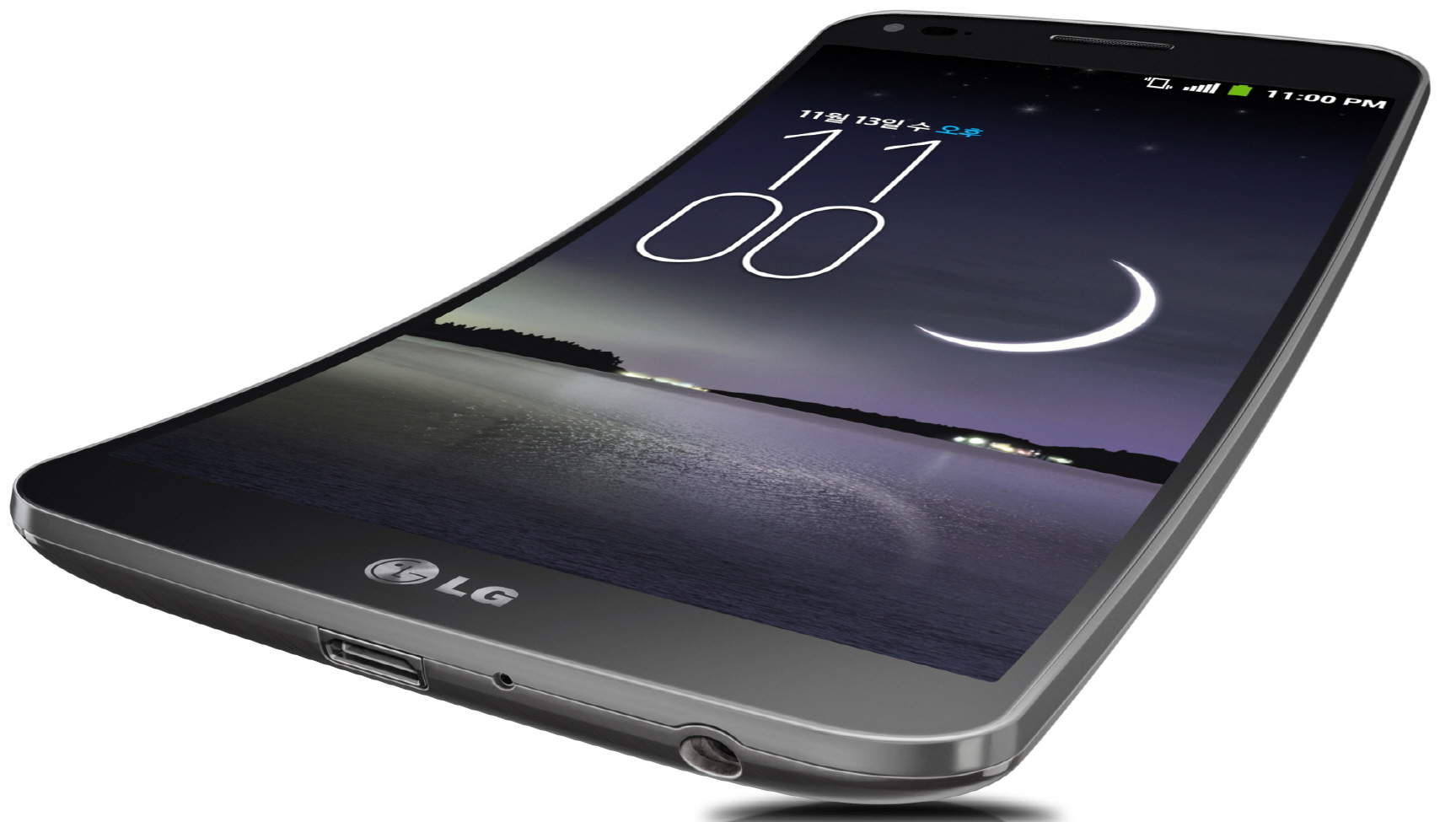
LG takes a stab at Samsung with its new 'real' curved smartphone
When Samsung announced the Galaxy Round, the company's first smartphone with a curved display, many folks (myself included) struggled to see the real-life benefit that such a form factor would allegedly bring. The natural direction for the curve is considered to be on the long side, and not on the short one as the Galaxy Round has it. The rather gimmicky Roll Effect feature, that shows users some information when tilting the device, did not add more credibility to the touted benefits of the Galaxy Round either.
Rival Android maker LG has also announced its first smartphone with a curved display, that is called G Flex. The company markets it as the "world's first 'real' curved smartphone", in a (clever) attempt to take advantage of the negative feedback that the Galaxy Round has received so far.

Jelly Bean approaches 50 percent Android market share
Jelly Bean has long surpassed Ice Cream Sandwich and Gingerbread in the Android distribution charts, and is steadily approaching the 50 percent mark in green droid popularity based on the number of devices accessing Google Play during the seven days ending October 2.
In this month's distribution charts, Jelly Bean accounts for 48.6 percent share (45.1 percent a month ago). Unlike previous months when Android 4.3 was not taken into account due to its low market share, in early October we see the latest iteration listed with a modest 1.5 percent distribution level. Android 4.1 still takes the lion's share with 36.5 percent (previously 36.6 percent) share while Android 4.2 reached 10.6 (previously 8.5 percent) percent of all registered devices.

Jelly Bean speeds up, Gingerbread and Ice Cream Sandwich slow down
Unsurprisingly, Jelly Bean continues to increase its dominance in the green droid distribution charts, with the latest sweet in the family running on more than 45 percent of all Android devices visiting Google Play during the seven days ending September 4.
In the latest distribution charts, the first two Jelly Bean iterations -- Android 4.1 (36.6 percent) and Android 4.2 (8.5 percent) -- have a combined share of 45.1 percent, a number that is 4.7 percentage points higher compared to the previous data set that was released in early-August. A month ago, Jelly Bean had a 40.5 percent distribution level (34 percent for Android 4.1 and 6.5 percent for Android 4.2).
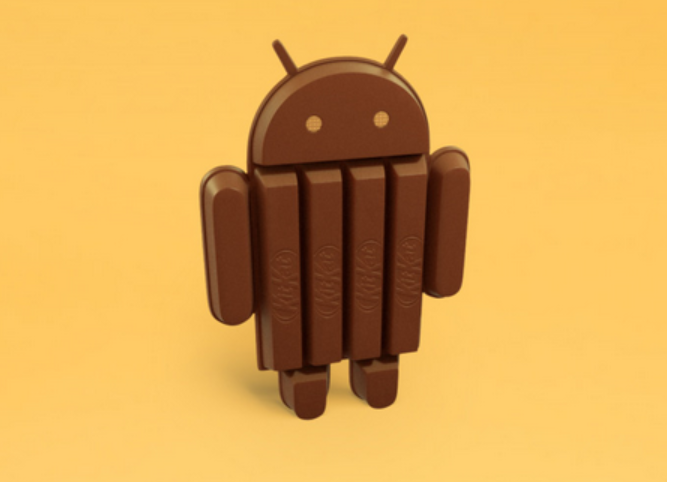
Sweet! Google unwraps the next version of Android: KitKat
In something of a surprise move, Google announces that the successor to Jelly Bean will not be Key Lime Pie as everyone was expecting but… KitKat. There are no details of just what Android 4.4 will have to offer, or when we can expect to see it, but the new KitKat website promises to "make an amazing Android experience available for everybody".
The name might seem like something you would expect to hear announced on April 1, but this is no joke. The Nestlé website confirms that the next version of Google's operating system will be named after the "popular chocolate and wafer confectionery".
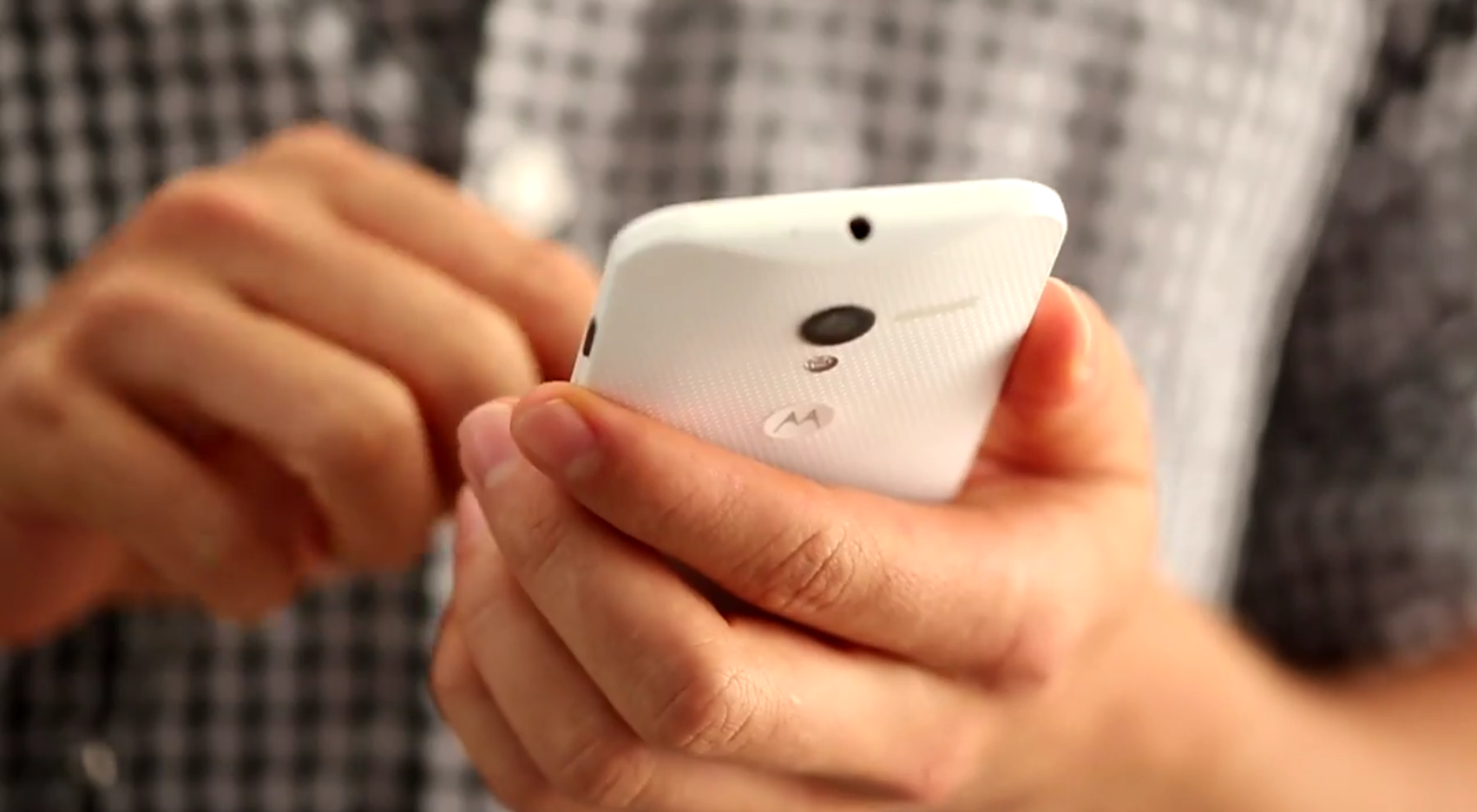
Motorola now lets AT&T subscribers customize their Moto X online
US mobile maker Motorola just announced that AT&T subscribers can now customize and purchase their Moto X handset online, through the company's Moto X "design studio". The program is aimed at just AT&T subscribers (and not Verizon ones, for instance), as the mobile operator is the only partner which allows buyers to create their own interpretation of the new smartphone.
The Moto X configurator lets you choose front, rear and accent colors, the internal storage capacity (16 GB or 32 GB), matching accessories, and link your Google account (you will only have to type in your password during the initial setup process, according to the Moto X design studio). Prices range between $199.99 for the base model, when purchased alongside a two-year plan with AT&T, and $629.99, for the off-contract, still AT&T-branded 32 GB version (various accessories will increase the overall cost).
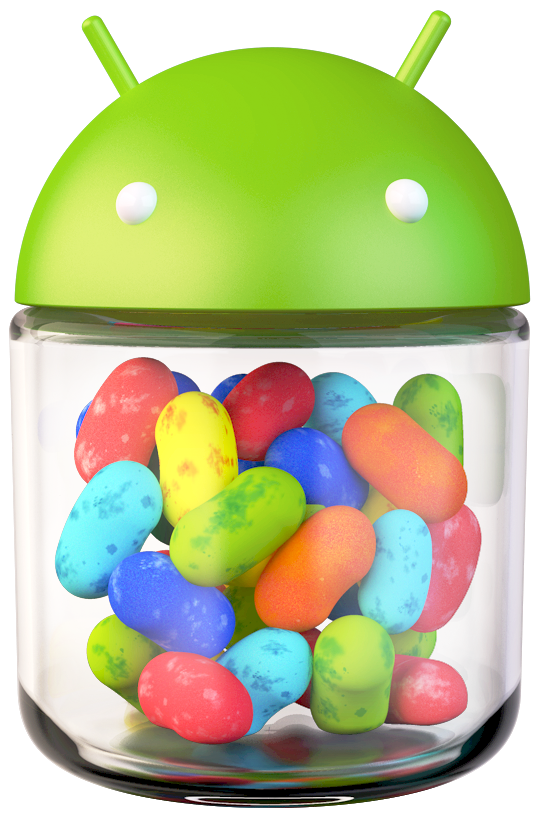
First Jelly Bean iteration is the most popular Android distribution
Jelly Bean continues its dominance streak in the green droid distribution charts, with Android 4.1 alone surpassing the former ruler, Gingerbread, based on the number of devices visiting Google Play during the 14 days ending August 1.
In the latest charts, combined, the first two Jelly Bean iterations, Android 4.1 (34 percent) and Android 4.2 (6.5 percent), reached a 40.5 percent distribution level, which represents a 2.6 percentage points increase (from 37.9 percent) over the previous data set from early-July. By contrast, Gingerbread (versions 2.3 to 2.3.7), accounted for a lesser 33.1 percent share, which is one percent lower compared to the numbers -- 34.1 percent -- released a month ago.
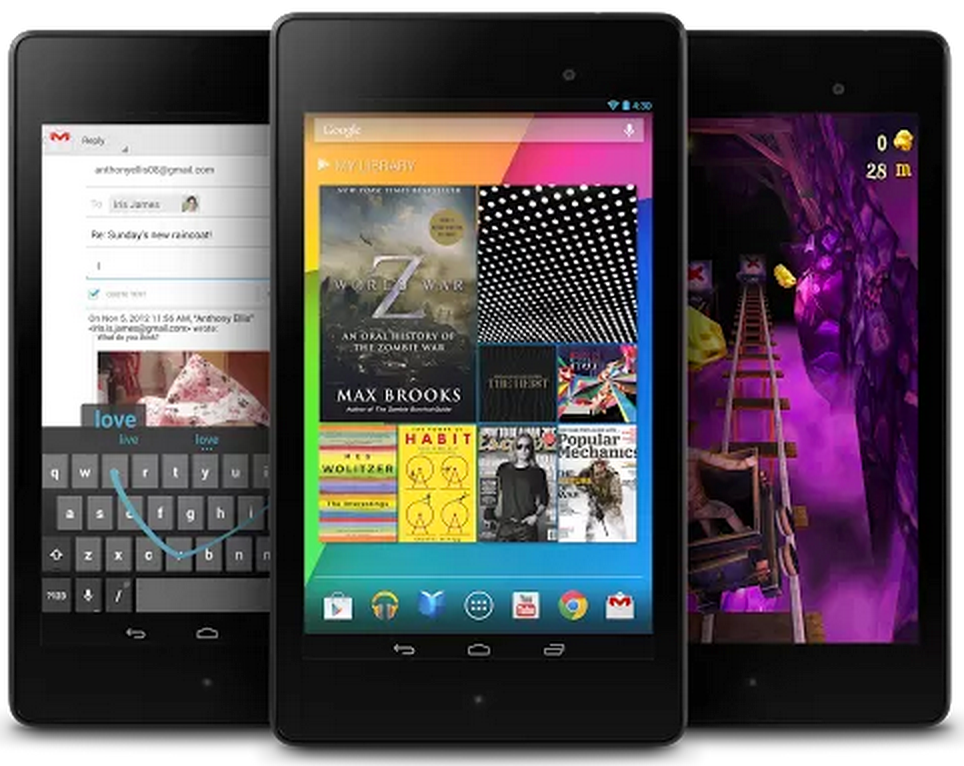
Nexus 7 wins, iPad mini loses
Rest in peace, iPad mini. Google killed you. The question then: Is it murder or manslaughter -- or justified homicide, putting the Apple tablet out of our misery?
Three days using the new Nexus 7, I can't imagine why Apple let Google, and partner ASUS, seize back-to-school buying with the tablet. I don't refer just to the instrument of destruction but the means. The 2013 edition is widely available through major US retailers, including Amazon and Best Buy. By all indications there is inventory to meet demand, not the typical supply shortages, although the 32GB WiFi model is unavailable this weekend from many retailers -- but Google Play is stocked.

Sony announces Android 4.3 Jelly Bean upgrade plans for (some) Xperia devices
Just a day after Google officially announced Android 4.3, Japanese maker Sony revealed, on Thursday, that a number of its upscale Xperia devices will receive a software upgrade to the third Jelly Bean iteration.
Sony did not provide an exact date as to when users can expect the upcoming update, but said that Android 4.3 Jelly Bean will be rolled out to the Xperia Z, Xperia ZL, Xperia ZR, Xperia Tablet Z, Xperia SP and Xperia Z Ultra, and likely other devices judging by the added ellipsis, following the list.
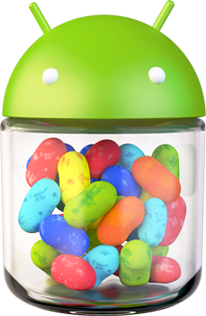
Google announces Android 4.3 -- 'a sweeter version of Jelly Bean'
Android users have been patiently waiting for a new version of their favorite mobile operating system for some time. Many were disappointed that a new update was not unveiled at the Google I/O conference. But finally the wait is over as today Google announces Android 4.3, which the company calls "a sweeter version of Jelly Bean". Diabetics need not worry; it will not increase glucose levels, only new features!
Unfortunately, those of you who watched today’s Google Event, will already know that the announcement was slightly lackluster. Many of the new features are developer focused -- actual users don't gain very much to be excited about.
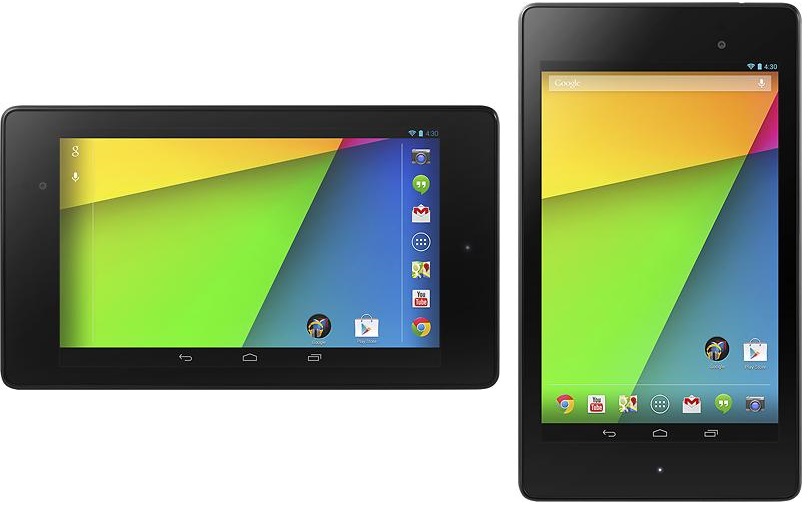
New Nexus 7 pops up at Best Buy for pre-order
The next-generation Google Nexus 7 surfaced at Best Buy, with complete specifications, price and photos. Interested buyers can pre-order the new tablet, which is available in both 16 GB and 32 GB storage trims, and, presumably, receive it after the search giant officially unveils its latest slate (which should not be too far away).
According to the details revealed by the US retailer, the new Nexus 7 arrives with some pretty impressive hardware under its dark-colored shell, and runs Android 4.3 Jelly Bean (which, like the slate, has yet to be officially announced by Google). The price? Well, the 16 GB version runs for $229.99, while its 32 GB counterpart goes for $269.99.
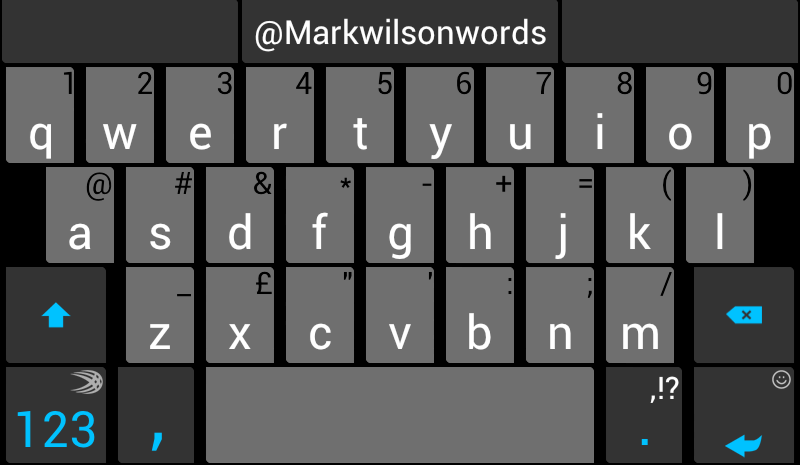
SwiftKey Cloud brings trending phrases, sync and backup to your swipe-friendly keyboard
Typing is just so passé; swiping is very much where it's at these days. SwiftKey's latest Android beta adds interesting new cloud features that can be tested for free during the beta phase. What’s new? Backup and sync options mean that dictionaries can be synchronized between multiple devices, and upgrading your phone need not result in having to start from scratch.
But perhaps the most interesting feature is the introduction of trending phrases. Whether you're writing in English, Spanish, French, Portuguese or Brazilian Portuguese, SwiftKey analyzes trending topics on the likes of Twitter to help bolster its dictionary and provide better suggestions.

HTC downsizes its Android flagship, calls it One mini
Following rival maker Samsung, HTC continues the smartphone flagship miniaturizing trend by unveiling a smaller iteration of the company's popular One. The new handset, simply called One mini, offers appealing hardware specifications in a package that targets a wider market audience.
The One mini packs a 4.3-inch Super LCD 3 panel with a resolution of 720 by 1280 (341 pixels per inch density). The device is powered by a 1.4 GHz dual-core Qualcomm Snapdragon 400 processor, backed by an Adreno 305 graphics card, 1 GB of RAM and a non-removable 1,800 mAh battery. The smartphone ships with 16 GB of internal storage and no microSD card slot (therefore, users will be limited to the out-of-the-box capacity).
